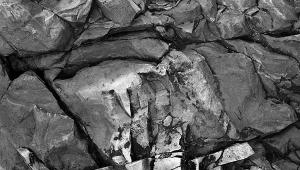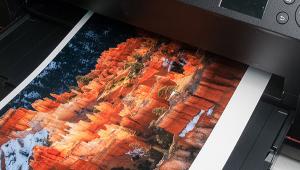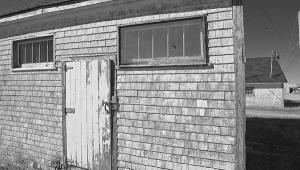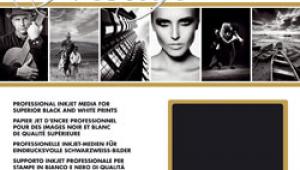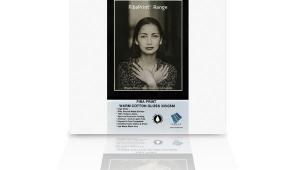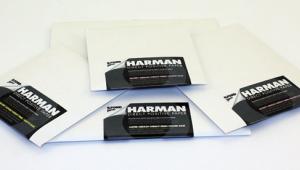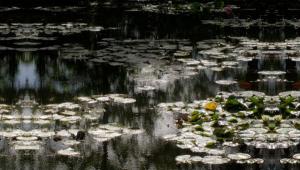Subtle Silver
Several years ago Luminos Photo had to cease production of their silver paper: the paper stock they had been coating became unavailable. Since then they have been searching for a replacement. Now they have it, and it is very nice. The new paper is called Subtle Silver. It is a resin-coated base, silver on one side and white on the other. The variable contrast emulsion runs from Grade 0 to Grade 5. It is not as shiny as its predecessor. The texture is hard to describe. More than anything else, it is the texture (though not the color) of slightly rough human skin--"dishpan hands," if you remember the advertising. |
|||
The paper handles much like any other resin-coated paper, easy to process and quick to wash. The emulsion seems fairly slow: it takes something like 25 seconds for the image to come up. With Ilford Bromophen paper developer at 24ÞC (75ÞF) it developed to finality in 90 seconds. Graphic Subjects Best |
|||
Dry-Down Effect Toning Options Handcoloring, Too |



